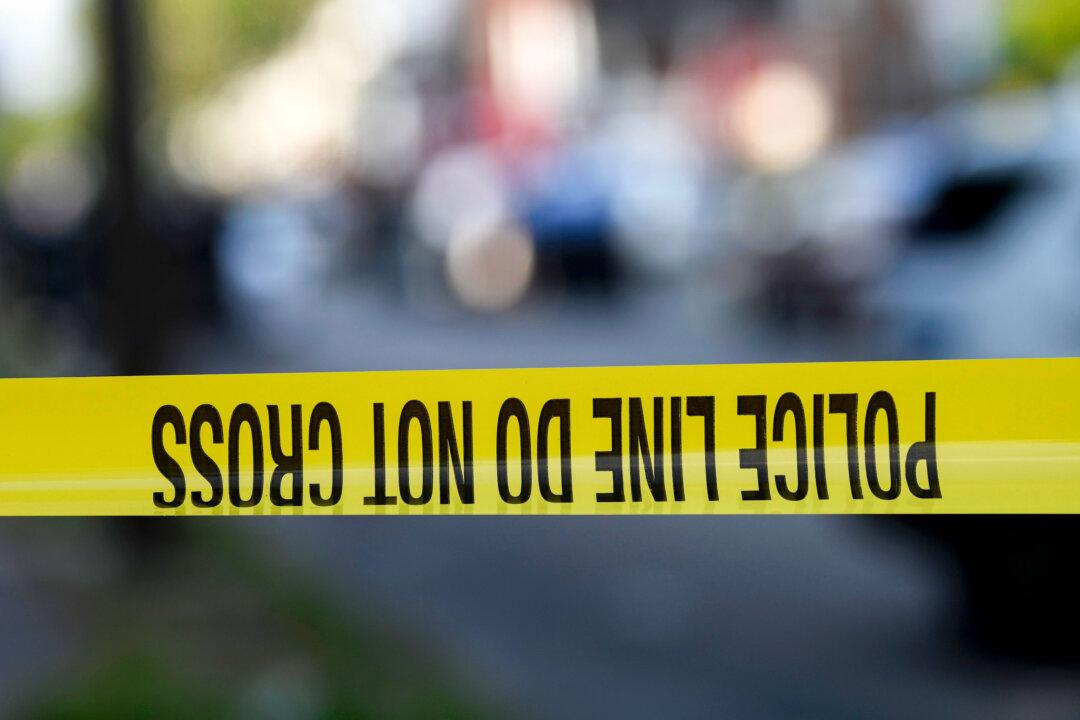PORTLAND, Ore.—The armed protesters who occupied a remote bird sanctuary in Oregon’s high desert earlier this year did so to protest federal land policy, which has been a point of contention in Western states for decades.
On Tuesday opening statements are set to begin in the federal trial of seven protesters, including brothers Ammon and Ryan Bundy, part of a Nevada ranching family embroiled in a long-running dispute over land use.
The defendants are charged with conspiring to impede Interior Department employees from doing their jobs at the Malheur National Wildlife Refuge through intimidation or threats. Five of them are also charged with possession of a firearm in a federal facility.
The takeover started Jan. 2 as a protest against the imprisonment of two Oregon ranchers convicted of setting fires and quickly grew into demands for the U.S. government to turn public lands over to locals. The issue traces back to the 1970s and the Sagebrush Rebellion, a move by Western states like Nevada to increase oversight of the vast federal holdings in the region.
At the Malheur refuge near Burns, Oregon, protesters changed the signs to “Harney County Resource Center” as they attempted to gain control of the land, which they said they would turn over to local officials to administer.
For several weeks protesters mostly came and went as they pleased. The dispute roiled the surrounding area, with some locals supporting the movement and others denouncing the occupiers as unwanted outsiders.
The group held frequent news conferences and said they were doing maintenance and other work at the site as they moved heavy equipment around the area. Counter protesters, including environmentalists, also travelled to eastern Oregon and urged the federal government to administer public lands like the refuge for the widest possible uses for everyone from ranchers to bird watchers.
The nearby Burns Paiute Tribe also criticized the occupiers, noting that prehistoric archaeological sites were located at the refuge and that tribal members considered Malheur part of their ancestral land.
Oregon officials, including Gov. Kate Brown, grew frustrated at the amount of time it took for federal authorities to move against the Bundy group. At one point Brown sent a letter to U.S. Attorney General Loretta Lynch and FBI Director James Comey that urged them “to end the unlawful occupation of the Malheur National Wildlife Refuge as safely and as quickly as possible.”
The protest basically ended when the Bundys were arrested in a Jan. 26 traffic stop that included the fatal shooting by police of occupation spokesman Robert “LaVoy” Finicum. Four holdouts stayed at the refuge for another 16 days.
Prosecutors say the conspiracy began a couple months before the takeover, when Ammon Bundy and Ryan Payne, who pleaded guilty in July, visited the Harney County sheriff and warned of extreme civil unrest if he did not shield the ranchers from prison.
The defendants say they used their First Amendment rights to engage in a peaceful protest and repeatedly mention the only shots fired during the 41-day occupation were the rounds fired by police at Finicum.
The government will remind jurors that the protesters established armed patrols shortly after the takeover, an action that deterred federal employees from going to work.
A total of 26 people were charged with conspiracy. Eleven have pleaded guilty, including Payne and several others from Bundy’s inner circle. Charges were dropped against another man. Seven defendants sought and received a delay in their trial, now scheduled for February.
Ryan Bundy and Shawna Cox, the only woman among the seven defendants, are acting as their own lawyers and are expected to deliver their own opening statements.
The jury includes eight women and four men from throughout Oregon, and eight alternatives are available, if necessary. The trial is expected to last until November.





